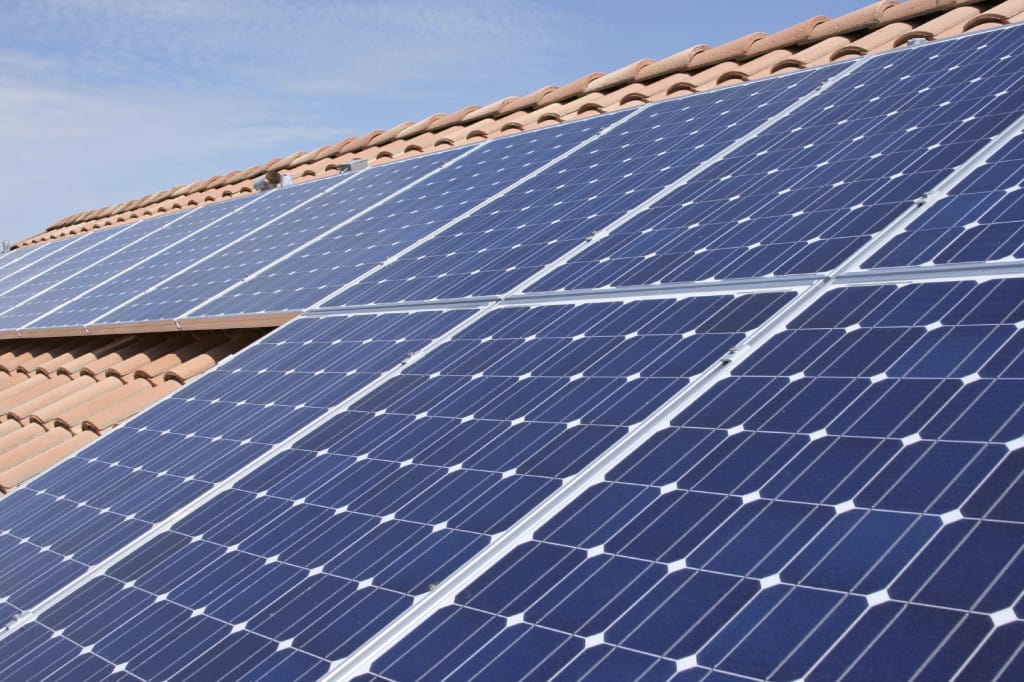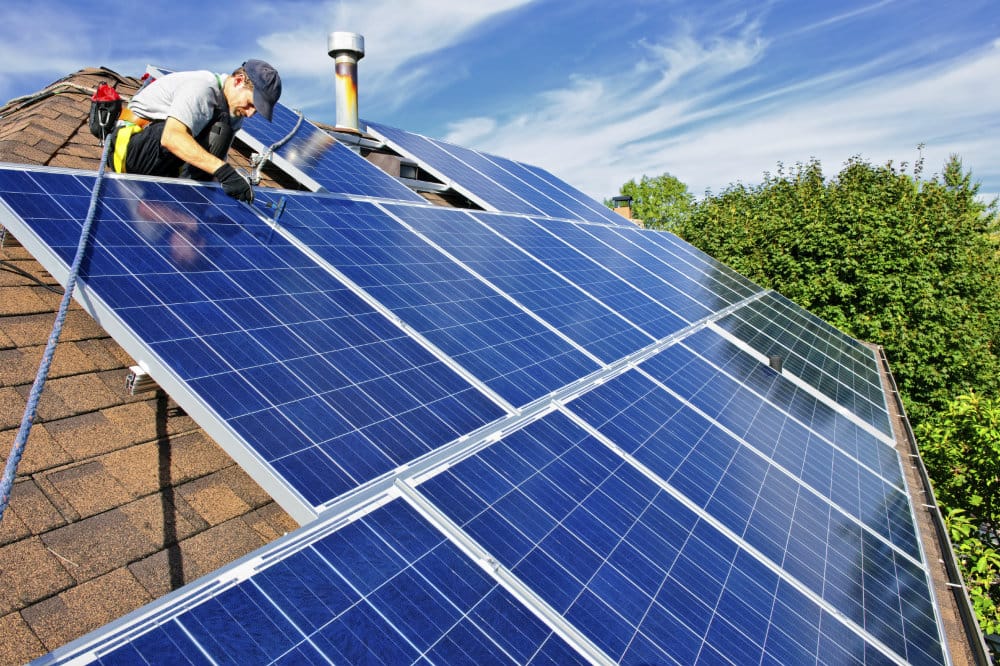How to Insulate an Active Solar House
You’ve decided to build your dream house, and you’re thinking of using solar radiation for your energy. That’s an excellent idea! Many environmentally-conscious homeowners choose solar because of their concern that burning fossil fuels is harming the planet. Others appreciate the financial advantages of a solar house.
Most modern solar house technologies harness the heat generated from the sun to power residential heating and cooling systems. How you collect and distribute the sun’s energy defines whether you have an active or passive solar system.
In an active solar system, solar panels or shingles capture the sun’s power and convert it into energy. Blowers, pumps and other types of equipment collect, store, and convert solar energy. After you absorb the energy, you store it for later use.
A passive system works differently. South-facing windows act as collectors to capture the sun’s energy. The energy collected is redistributed according to the law of thermodynamics, which states that heat moves from warm to cold areas and surfaces. The success of the passive solar system depends on proper orientation and the thermal mass of the structure’s exterior walls and their ability to store and redistribute heat.
No matter which method you choose, there is one common denominator—you must properly insulate your house. While insulation is necessary for any building, it is critical for a solar house—especially those employing passive systems—to be well insulated. Here’s why:
Solar Insulation is Part of a Passive Solar Design
High insulation levels are essential in a passive solar house. Without them, a home can lose up to sixty-percent of its heat energy. Expert design of insulation into the building allows it to work together with thermal mass. Thermal mass is a dense material that stores and radiates heat.
The economical solution to a warmer house in the winter and a cooler house in the summer is to insulate it well while understanding how heat moves. Heat is always moving to reach equilibrium, which is why it travels from warm areas to colder areas within your house.
Think about when you open an exterior door on a cold winter evening. Heat moves out and the cold rushes in. The same thing happens when you open the freezer door: Heat heads in and cold air moves out into the room. In both cases–your house and the fridge–insulation works to keep areas warm or cold, depending on their functions. Everyone prefers to live within a constant, comfortable temperature, regardless of the temperature outside.
Solar Panels and Insulating an Active Solar House
Insulating your home for an active solar system is not much different than for the passive design except for one area. Research has shown that if you have tilted solar photovoltaic panels installed on your roof, they act as insulators, retaining heat in the winter and providing shade to keep it cooler in the summer.
Other than that feature of solar panels, it is advisable to insulate the following areas of practically any house:
- Unfinished attic spaces
- Attic access door
- Finished attic rooms
- Studs in knee walls
- Studs in exterior walls
- Ceilings beneath cold spaces
- Joist spaces
- Exterior walls
- Wall between living spaces and unheated spaces
- Foundation walls in heated basements
- Floors above cold spaces
- Parts of the floor that are beyond the exterior walls below
- Slab floors
- Unvented crawl spaces
- Reduce air flow in joist space
- Band joists
- Replacement or storm windows: caulk and seal around doors and windows
Where do You Lose Your Heat?
Heat is always attempting to leave your house. Some areas are more prone to heat loss than others. Here are the parts of your house that require the most vigilance:
- Ceilings and roof spaces
- Accounting for between 25% and 30% of your total winter heat loss, you must insulate these upper parts of your house adequately. Insulation levels are specified by R-Value. R-Value is a measure of insulation’s ability to resist heat flow. The higher the R-Value, the better the thermal performance of the insulation. The recommended level for most attics is to insulate to R-38 or about 10 to 14 inches, depending on insulation type.
- Pay particular attention to cathedral ceilings, and be sure to insulate any walls between the roof and an indoor space using the same R-38 insulation.
- Walls
- Anywhere from 15% to 25% of your heat loss is through the walls. Unfortunately, walls only have a certain amount of space between the studs to add insulation. In cold climates, we recommend alternative wall construction systems that allow higher insulation levels.
- To increase the R-value in exterior walls, some builders are installing foam insulation on the outside of new homes underneath the siding. Adding foam board insulation to the walls of an existing house can only be done during an exterior renovation or siding upgrade.
Insulation Materials 101
There are various materials with which you can insulate your home efficiently. Here are the most popular:
- Blanket insulation: Available in batts and rolls, it’s made from fiberglass, plastic fibers, or natural fibers. It’s suitable for use between joists and studs and is relatively inexpensive.
- Insulation for concrete blocks and walls: Foam boards are fastened on the outside or inside of walls. These are used on unfinished walls, including foundation walls. Pre-insulated concrete blocks are also an option.
- Loose-fill and blown-in insulation: Loose-fill insulation is made up of small particles of fiber, foam, or other materials. These little particles form an insulation material that can conform to any space without disturbing structures or finishes. This ability to fit makes loose-fill insulation well suited for retrofits and locations where it would be difficult to install other types of insulation.
Of course, this is only a small sampling of the kinds of insulation from which a homeowner can choose.
Do it Yourself or Seek Professional Help?
Whether you add insulation yourself or hire a contractor depends on several variables. If you are insulating a passive solar house, it’s is a key component and in most cases you should let experts install it. Blown-in insulation requires specialized equipment and, as such, needs a professional.
If you’re just adding ceiling insulation to increase the R-value, most homeowners can tackle that project. You’re the only one who can judge your abilities. But whether you do it yourself or hire someone else, having the right amount of insulation keeps you from wasting money and helps to keep you warm.


